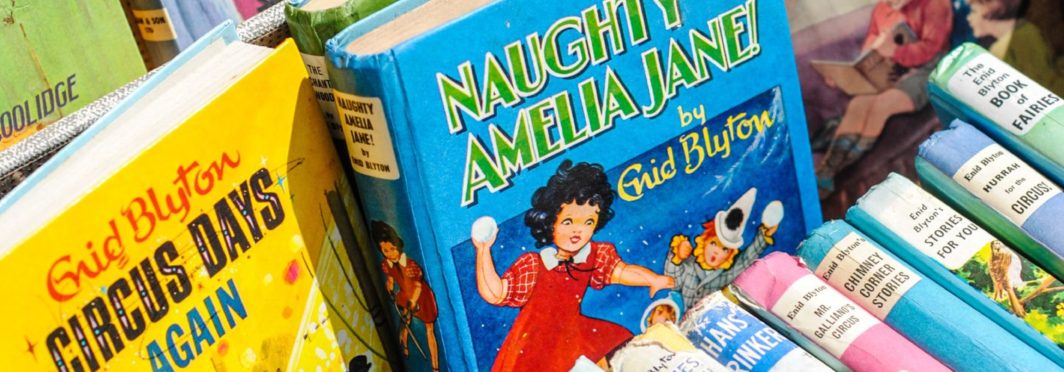So, you want to write a kids’ book? I know the feeling. I came up with the idea for my children’s easy reader book series after a friend told me the nicknames she and her little brother had been given growing up. That gave me my children’s book characters. I quickly figured out the broad strokes of the series’ storylines and then ground to a stop. That was decades ago.
Three years ago, while in Paris for six weeks, I finally revisited the idea that had never faded and outlined four of the six books I wanted the series to launch with. Then I returned to the States, and once again, life and work and other books took precedence. When I finally decided it was time to make this happen, I realized that I had to learn quite a bit more about writing children’s books, starting with how to develop children’s book characters.
Here’s what I’ve learned so far:
- Your characters need to be the same age as your readers or, even better, slightly older so they can serve as role models. In her blog post, “Who is My Audience? Age Categories for Children’s Books,” children’s novelist Laurisa White Reyes says, “For example, a middle-grade book aimed at 8 to 12-year-olds should have a protagonist who is about 10 or 11. In addition, the story should be told from a child’s point of view (first or third person doesn’t matter). Adults may be present in the story, but the kids are the stars of the show.”
- While most articles and books about writing for children agree with the above point-of-view comment about children’s book characters, some feel that kids prefer to read about kids dealing with life experiences like their own but who are a little bit older than they are.
- As Reedsy points out in its “How to Write a Children’s Book” blog post, “an 8-year-old protagonist (think Ramona Quimby) will attract a readership that’s around 5-7 years old … This goes back to the importance of knowing your target market. Slightly older characters provide role models and exciting adventures that intrigue younger audiences — like how kids often look up to their older siblings. Of course, the experiences of these characters should not be so different that they lose their relatability: Ramona still appeals to 7-year-olds because being in third grade is pretty similar to being in second.”
- To create realistic child or teenage characters, you will want to draw on both your observations of kids and your memories of your childhood. Your main character may be young, but they need to be as fully fleshed out as the characters in any solid piece of fiction. So, you need to get to know them along with the rest of the people in their lives.
You might start with a worksheet about your characters’ physical and emotional characteristics, family, friends, likes, strengths, weaknesses, challenges, fears, motivations, etc. You will want a concrete sense of where your main character is at so that your readers see themselves in the characters you’ve created and resonate with their actions. I’ve developed a character worksheet for adult fiction, which you could easily adapt for your children’s book characters. Reedsy also has a character profile template as well as a list of character development exercises.
Like an actor preparing for a role, you might also do a deep, sloppy copy, exploratory dive into your character since we often discover thoughts we weren’t aware of when doing a written brain dump. Your goal: Get to know your character inside out, so they become real. And then put them to the test.
I love this quote from children’s editor Anna Bowles in Reedsy’s “How to Write a Children’s Book” blog post:
“A lot of beginners write about children as we adults often see them: as cute and slightly comical little beings. But what children actually want is stories where they are the heroes, driving the action, facing challenges, and making choices.”



Sorry, comments are closed for this post.